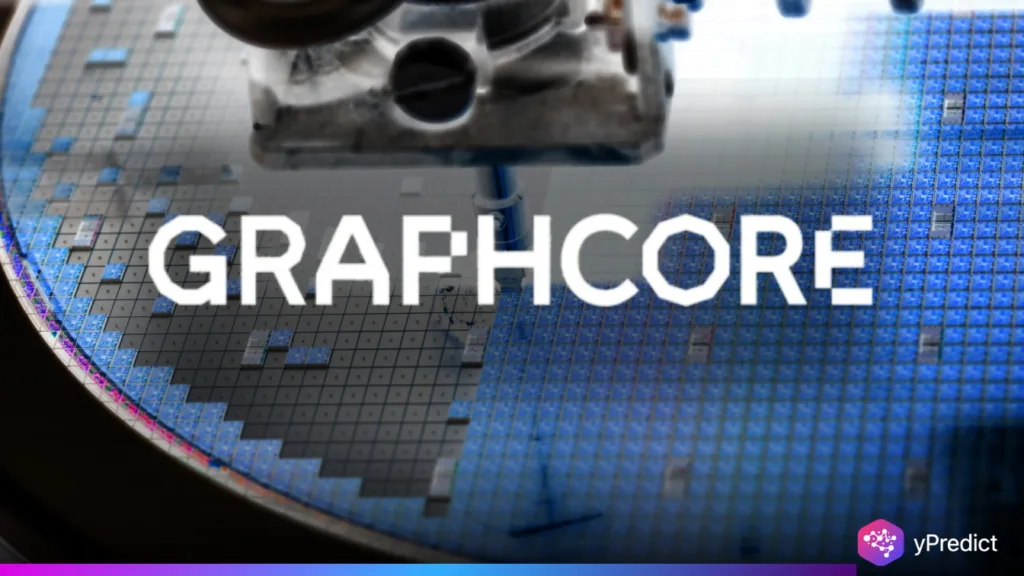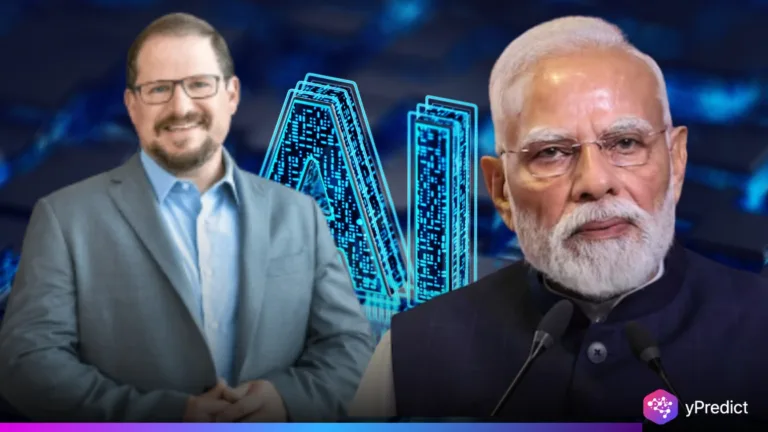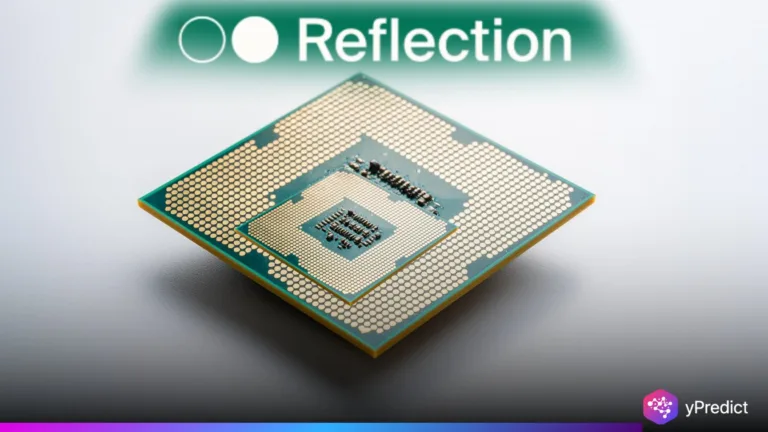
Graphcore wants to put £1 billion – or $1.3 billion — to work in India. The shift will generate 500 high-skilled semiconductor positions and make Bengaluru a major hub. SoftBank-owned UK chipmaker designs processors that power AI, machine learning. Whereas Nvidia’s GPUs execute AI models, Graphcore’s Intelligence Processing Units (IPUs) are designed to run AI models themselves. This investment shows faith in India’s emerging semiconductor ecosystem. It also fits with the nation’s ambition to emerge as a world chip design center. It starts with 100 engineers, but grows out into a 500-person team, over a 2-year project.
Graphcore Places a Huge Wager on India’s Chip Future
Graphcore’s investment neatly slots into India’s semiconductor strategy. Government subsidies and policy support have been attracting global firms. Bengaluru, already home to major tech players, will host Graphcore’s new R&D center. The focus–chip design, verification, and silicon engineering.
Graphcore isn’t making factories, it’s making brains. Those chips are fabbed by TSMC in Taiwan. India’s role is R&D, not manufacturing. But regardless, this move provides local engineers with exposure to cutting-edge AI chip design work. CEO Nigel Toon said India provides great talent at world-competitive prices.
SoftBank, which acquired Graphcore in 2024 for $500 million, backs this growth. The Japanese consortium, too, is supporting ambitious AI infrastructure projects, such as the $500 billion Stargate project. These moves link India’s talent pool with SoftBank’s worldwide AI aspirations. The £1 billion investment demonstrates India isn’t merely the world’s outsourcing capital, but a design center for next-generation hardware. For the government, it’s a proof point that semiconductor policy is working.
Semiconductor Ecosystem and Global Context
India’s semiconductor market is booming. It’s estimated to be $64B by 2026. Demand for chips in telecom, EVs, and defense is skyrocketing. The government’s new incentives for local manufacturing have attracted companies such as Micron and Foxconn. Now, Graphcore joins that list of design, not fabs.
The country still does not have advanced foundries. So, in the near term, Taiwanese-made chips will fuel Indian innovation. Extending into packaging and testing, India, experts believe, will evolve. For the time being, Graphcore’s foothold provides Indian engineers with practical experience in AI-chip design. That’s important practice for future fraps.
SoftBank’s involvement also matters. It connects Graphcore’s India hub with international AI endeavors. The group’s portfolio ranges from robotics to data centers to chip R&D. This may help usher in fresh partnerships between Indian groups and their Japanese, British, and American counterparts. The effect: more rapid knowledge spillovers and denser local ecosystems. Global capital and local skill are a great recipe for growth.
Conclusion
Graphcore’s £1 billion investment isn’t just a hiring plan—it’s a signal. It demonstrates India’s chip policies are drawing serious players. The emphasis on design, not manufacturing, is sensible in light of current abilities. But what it also underscores is an aperture India has to fill — domestic fabrication. If the nation constructs foundries over the next decade, this could ignite an all-out semiconductor chain. For the time being, it’s a victory for employment, expertise, and cachet. Graphcore gains talent. India gains credibility. Hand-in-hand, they take steps toward a common objective—an AI-ready, self-sufficient semiconductor ecosystem.






